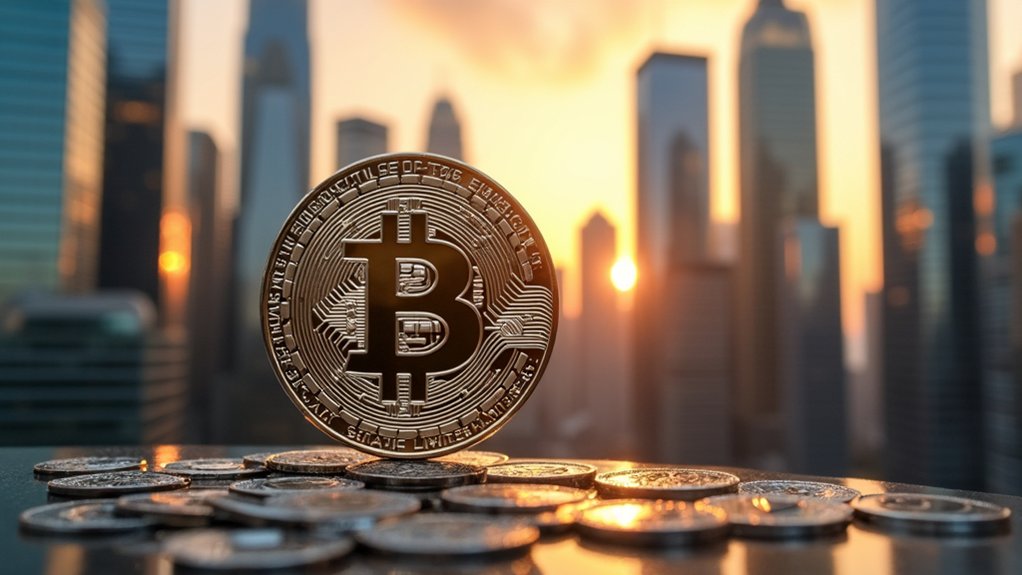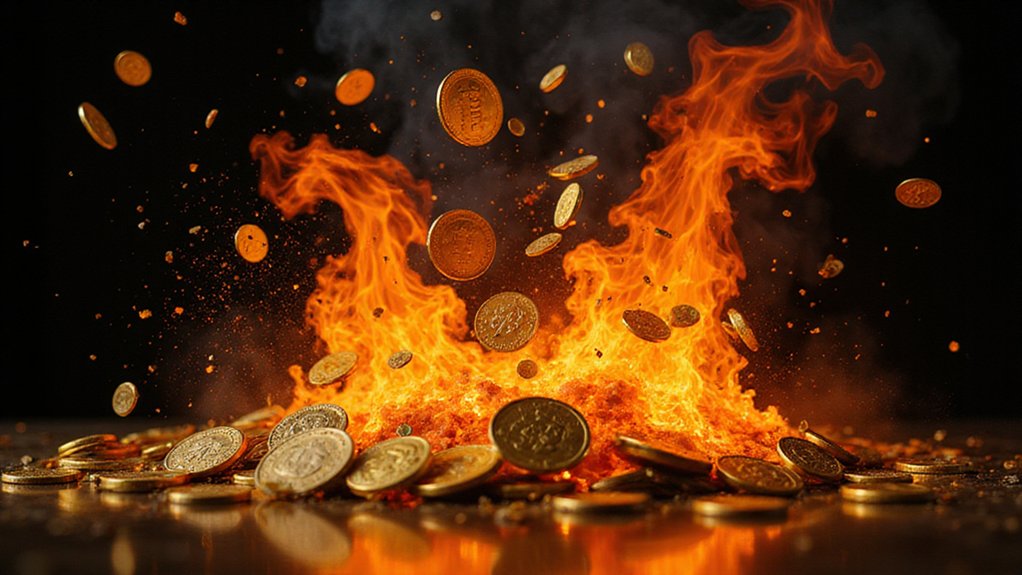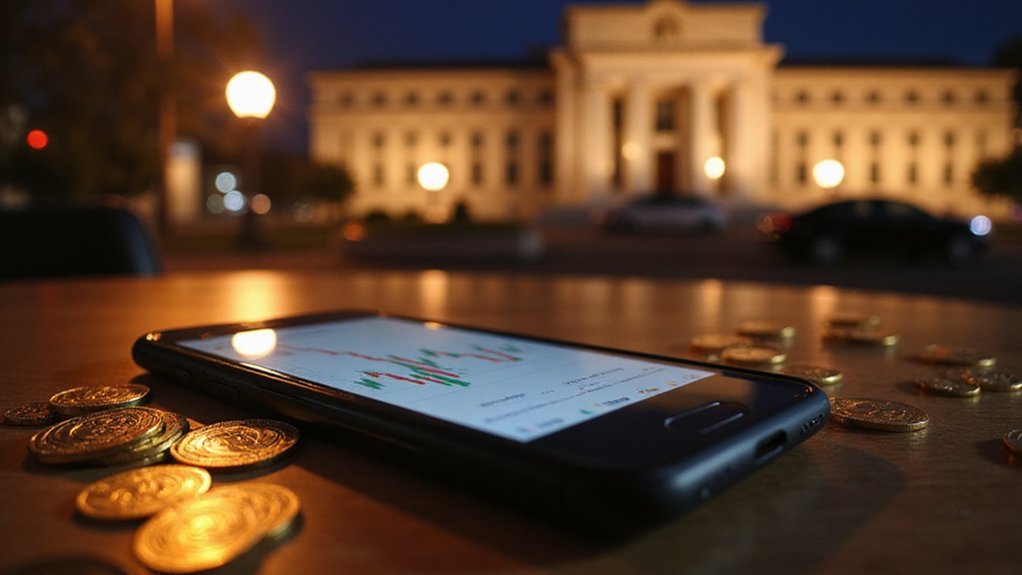Within months of launching World Liberty Financial in October 2024, the Trump family has orchestrated what can only be described as a breathtakingly ambitious foray into cryptocurrency—one that has generated $550 million in direct token sales, birthed a $2.2 billion stablecoin, and culminated in a publicly traded company valued at $20 billion through a reverse merger with a biotech shell firm.
The enterprise’s crown jewel, the USD1 stablecoin, achieved its astronomical market capitalization partly through a $2 billion injection from a UAE-owned entity, providing World Liberty Financial with approximately 4% annual returns via treasury investments. This sovereign wealth fund participation underscores how quickly institutional capital gravitates toward crypto ventures bearing familiar political brands—regardless of regulatory uncertainty or market volatility.
Eric Trump and Donald Trump Jr. occupy board positions within the publicly traded treasury company, which emerged through the increasingly popular (if somewhat Byzantine) practice of reverse-merging with shell entities to bypass traditional IPO processes. The NASDAQ-listed vehicle offers conventional investors exposure to WLFI tokens without traversing crypto exchanges—a bridge between traditional finance and digital assets that reflects growing institutional appetite for cryptocurrency exposure.
The operational mechanics reveal telling financial dynamics: approximately 75% of token sale proceeds reportedly flow to the Trump Organization, while the leadership team—comprising family members alongside crypto entrepreneurs Chase Herro, Zak Folkman, and Witkoff—promotes WLFI tokens as governance instruments granting voting rights in corporate decisions. This venture joins an expanding portfolio that includes a Bitcoin mining company launched by the Trump family as part of their broader blockchain industry engagement.
This rapid ascension from October launch to $20 billion valuation illustrates crypto markets’ capacity for spectacular wealth creation, particularly when political celebrity intersects with digital asset innovation. The venture’s operational foundation includes plans to launch a crypto lending protocol that will facilitate decentralized borrowing and lending services. The DeFi sector’s explosive growth trajectory mirrors this venture’s ambitious timeline, with total value locked across decentralized finance platforms expanding from $1 billion in 2020 to over $120 billion by 2025.
The $1.5 billion fundraising campaign that achieved this valuation demonstrates investor enthusiasm for what leadership characterizes as participatory assets within an emerging financial paradigm.
Critics question whether such meteoric valuations reflect genuine utility or speculative excess, yet the measurable results—$550 million raised, institutional backing secured, public markets accessed—suggest the Trump family’s crypto venture has successfully monetized political brand recognition within digital asset frameworks.
Whether this represents sustainable business model innovation or elaborate financial theater remains the subject of considerable market debate.








